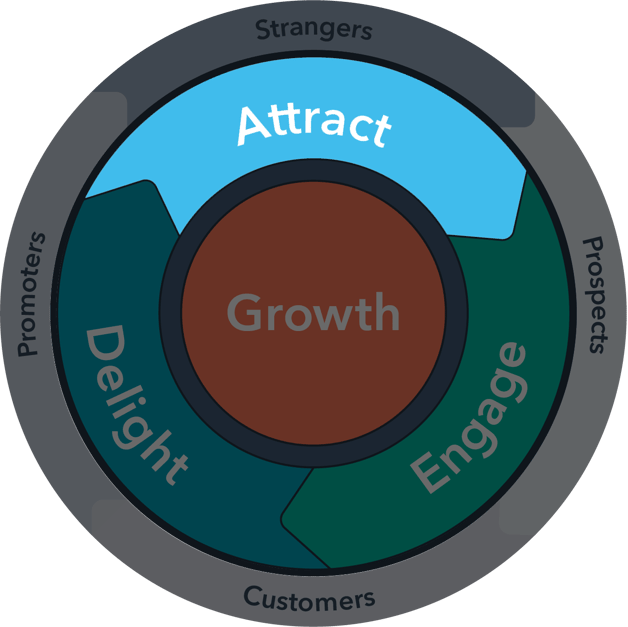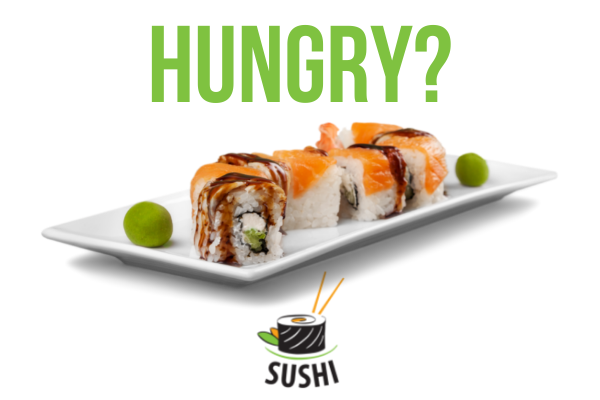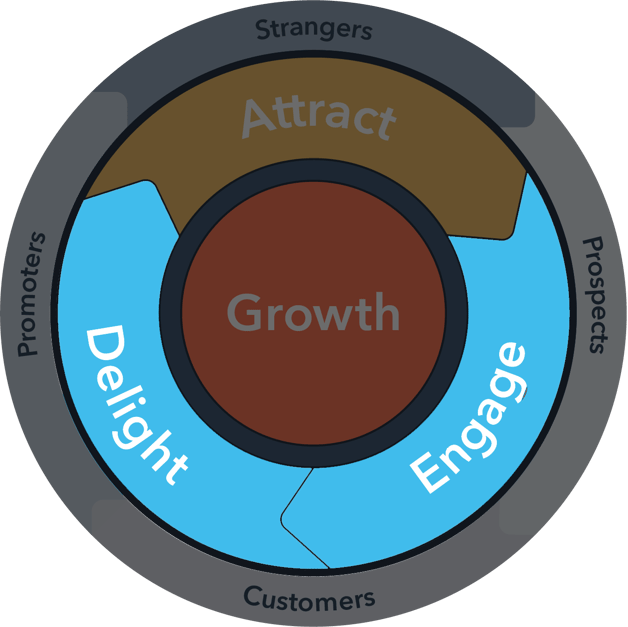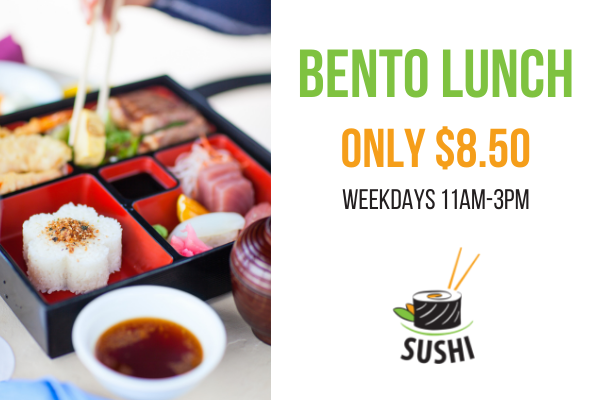In marketing, there are two ways to sell a product or service. You can either promote your brand or promote a specific action. Depending on where your audience is in the buyer’s journey, one strategy may be better than the other. This blog will teach you how to identify and deploy the appropriate strategy.
The Soft sell
In a brand (or “soft sell”) campaign, you should expect to commit a lot of resources. This is because brand campaigns work best as long-haul drives, stretching over a fiscal quarter or perhaps an entire year. Their goal is to build a foundation for other, more direct campaigns.
When to Use the Soft Sell
Soft sells are foundational. They are best for strangers or prospects who aren’t familiar with your brand.

In inbound marketing, audiences travel through the flywheel, starting as a stranger and ending as a promoter. Strangers have never heard of your brand, they don’t know who you are or what you sell. These are the people that need a “soft sell.”
Every good salesperson knows how to “wine and dine” a client. Marketers do that too, albeit to a much larger audience. Soft sell campaigns wine and dine potential customers by building familiarity through repetition and speaking directly to the audience’s secret insecurities and problems. In general, a soft sell campaign says to its audience: “I know what you’re going through, I understand, I can help.”
How a Soft Sell Plays Out in Copy
When you’re creating copy for a soft sell campaign, it’s important to remember that you’re talking to strangers. They don’t care about your webinar or your 30% off sale. They have their own problems, their IT Help Desk is so overwhelmed, they can’t think about anything else.
As a copywriter, your job is to identify that problem. This can be something as simple as “I need a new tube of toothpaste” or something as complex as “my CEO is setting our sales goal higher each year, and my team is too backed up to meet it.”
Whatever the problem is, the solution is always the same: your brand. Your brand can solve these problems for its customers.
This isn’t the place to plug a product or service. In a brand campaign, all we’re doing is knitting together the audience’s problem and your brand logo. This creates an association between their problem and your brand.

In the ad above, the problem is that the audience is hungry. This ad isn’t trying to sell the lunch special, it’s just reminding the audience the “sushi” brand exists. It’s unlikely that the first time someone sees this ad, they’ll run to the nearest Japanese restaurant. But this ad isn’t trying to do that. Instead, it has a long-term goal: to create a craving for sushi (and high-recall.)
High Recall: When an audience can easily remember your brand name, they have “high recall.”
Example: When asked to name a fast food restaurant, most people will say “McDonald’s” without having to think. The McDonald’s brand has very high recall.
The Hard sell
A direct response campaign is what is more commonly known as a “hard sell.” Unlike a soft sell, these campaigns can run for much shorter lengths of time. Their goal is to sell a specific product or service to an audience that is already familiar with the brand.
When to Use a Hard Sell
A hard sell is not very effective with audiences that have no familiarity with your brand. There are exceptions, but it’s generally best to talk to prospects and customers when you’re using a hard sell strategy.

Prospects are people who have indicated interest in your brand. They could have attended a webinar, downloaded a white paper about your product, or had an initial call with sales. They already know about your brand and have shown a level of trust, so it’s the right time to try a hard sell.
How a Hard Sell Plays Out in Copy
A hard sell asks the audience to do something specific. The call to action should be clear: download this, call that number, purchase this item. You need to motivate the audience to action by communicating the benefit they receive if they complete the call to action.

In the ad above, the benefit is the value of the meal for a discounted price. The call to action is to visit the restaurant during lunch hours to order the special. This ad is especially effective for someone who already eats sushi. Someone who has never tried seafood, on the other hand, would be hesitant to waste their lunch break on a meal they may not even like. That is why this ad is speaking only to people who are familiar with the “brand” of sushi.
Market Strategically with Presh
At Presh, we use strategy to ensure your marketing goals are achieved. We have the expertise your business needs to launch marketing campaigns that actually show results. Our Marketing as a Service (MaaS) includes strategy, design and reporting. Learn more today.
